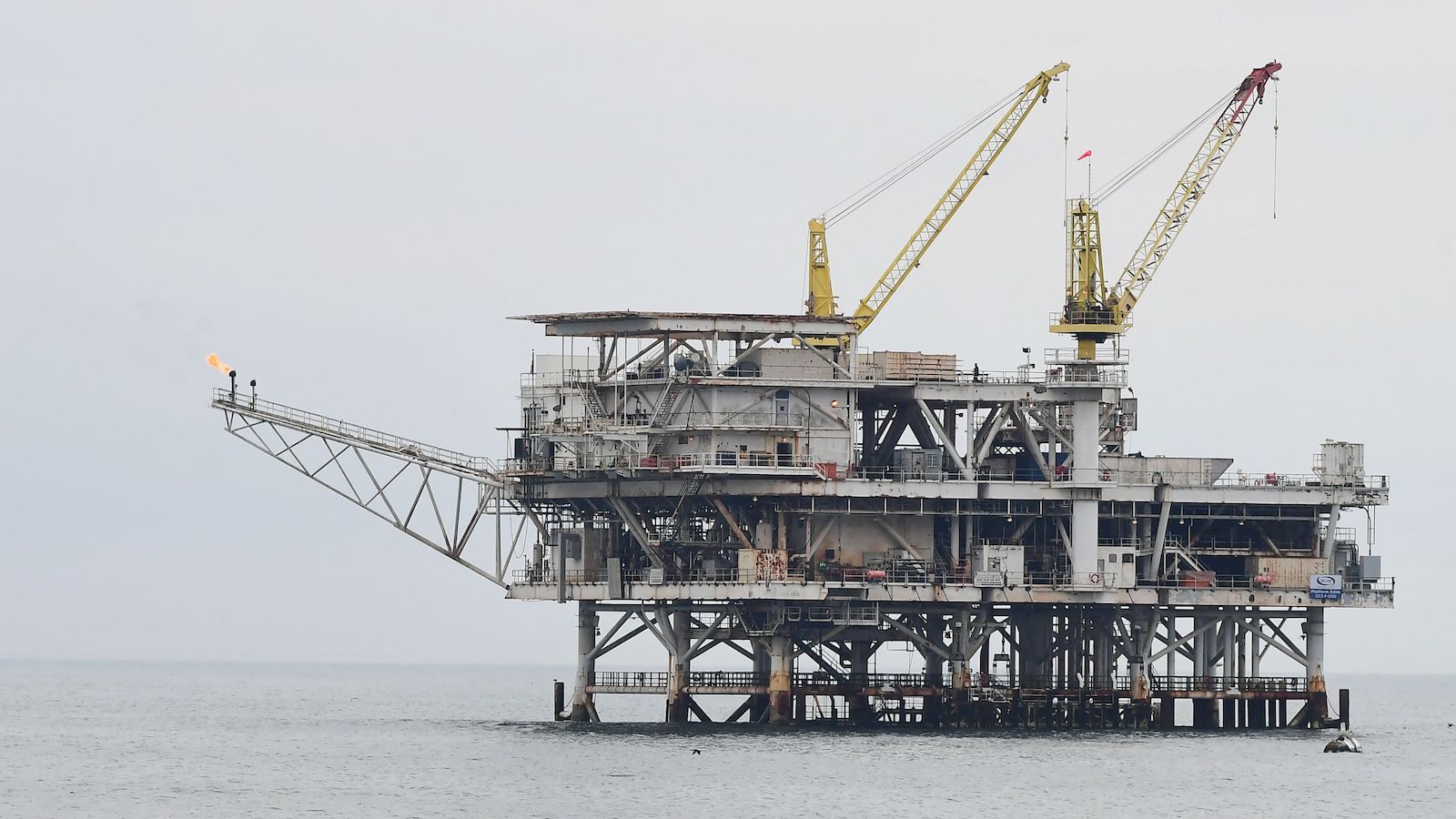Chevron is taking a majority ownership stake in the first-ever project granted a lease to store captured carbon dioxide in the seafloor off the U.S. Gulf Coast, the company announced this week.
Chevron will join the oil and gas company Talos Energy and the carbon capture and storage developer Carbonvert in a plan to capture carbon dioxide from the smokestacks of industrial facilities in Port Arthur and Beaumont, Texas, and then transport it via pipeline to an offshore tract. There, the greenhouse gas will be pumped into porous formations in the seafloor under state-owned waters.
Talos and Carbonvert won the lease last August in a competitive bidding process held by the Texas General Land Office, an agency that manages state-owned lands and mineral rights. They named the project Bayou Bend CCS, which stands for “carbon capture and storage.” The lease grants them access to a 40,000-acre expanse in the Gulf that the companies estimate can store 225 million to 275 million metric tons of CO2 total. That’s about 40 percent of the energy-related carbon emissions that Texas emitted in 2019, according to the U.S. Energy Information Administration.
Carbon capture and storage is controversial among climate and environmental justice advocates due to concerns that it will prolong the use of fossil fuels and the life of polluting facilities. However, for some industries, like cement, steel, and chemical production, carbon capture is one of only a few known ways to reduce emissions.
Companies and state governments are eyeing the Gulf Coast as an ideal location to build up carbon capture infrastructure due to its high concentration of industrial facilities and vast potential to sequester carbon offshore. The Department of Energy estimates that geologic formations in the Gulf of Mexico have the capacity to store hundreds of billions of metric tons of carbon dioxide. Last year, Exxon proposed building a $100 billion carbon capture “hub” in Houston with a mix of public and private money and began discussions with interested partners, including Chevron.
While capturing, transporting, and storing carbon is an expensive endeavor, a U.S. tax credit called 45Q has sweetened the deal, offering up to $50 for every metric ton of carbon permanently sequestered underground. But it’s unclear if that’s enough to make the Bayou Bend project economically viable. There are no state or federal laws that require or encourage companies to capture their emissions, but Chevron may be motivated by the threat of future regulation and increasing pressure from investors to enhance its climate plan.
A Chevron spokesperson told Axios that the company has properties in the Port Arthur area where carbon could be captured, including its Phillips Chemical plant. The company recently reached a settlement with the U.S. Justice Department to pay a $3 million civil penalty and spend more than $100 million in facility upgrades after that chemical plant, as well as two others in Texas, were found to be spewing harmful pollutants in violation of the Clean Air Act.
Some environmental groups are also concerned about the environmental impacts of pumping carbon into the seafloor. “We oppose offshore CCS until the long-term effects on ocean health and atmospheric carbon levels are better understood,” Luke Metzger, the executive director of Environment Texas, told E&E News.
The project still has a long way to go before becoming a reality. The companies will need to conduct “extensive site characterization” in order to obtain a permit from the Environmental Protection Agency to drill and operate a well to store carbon.


